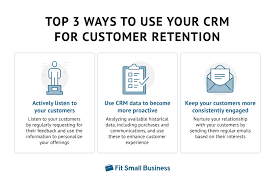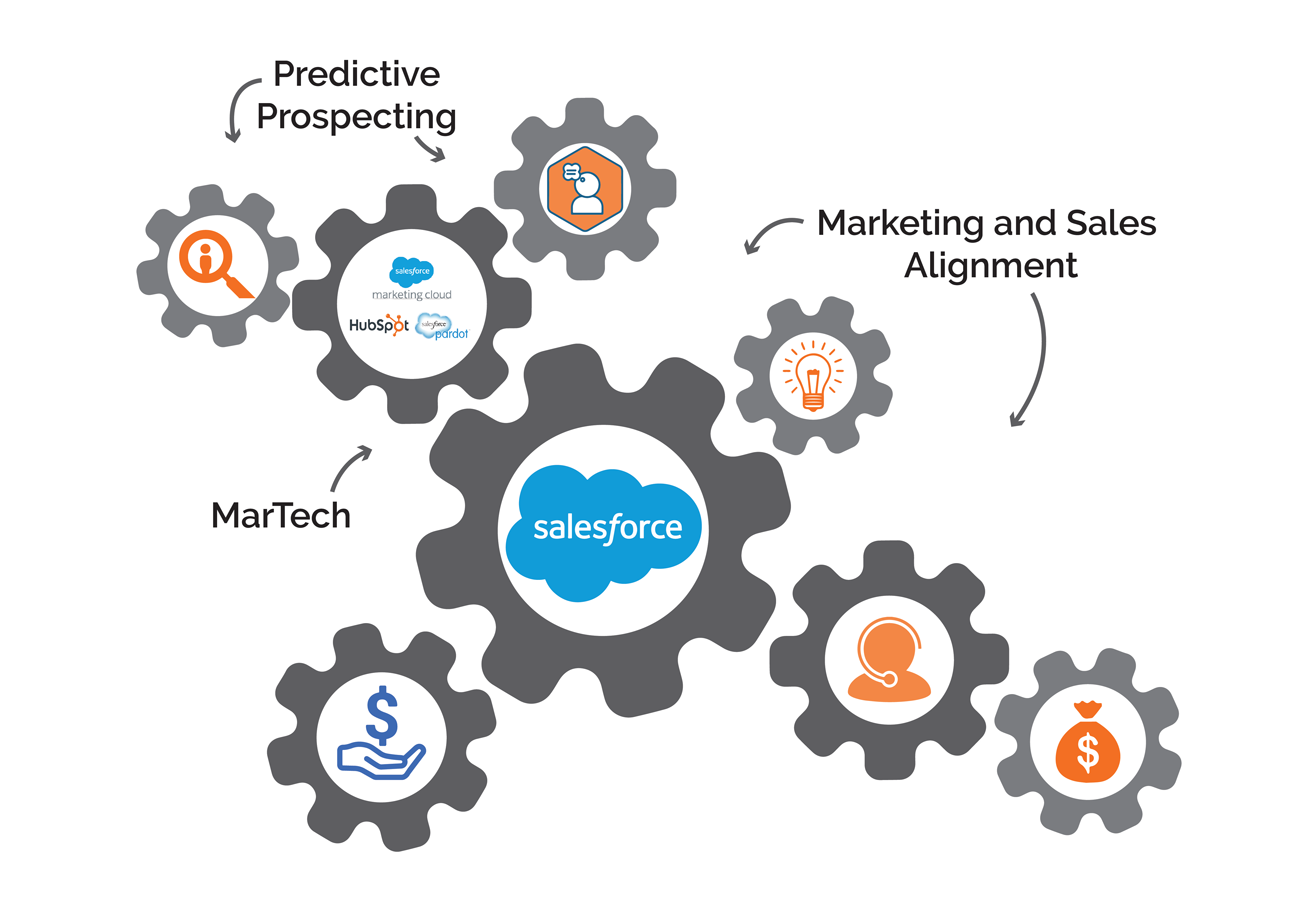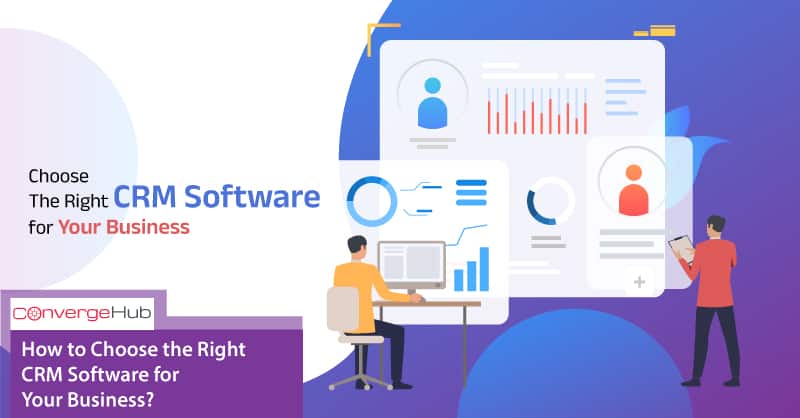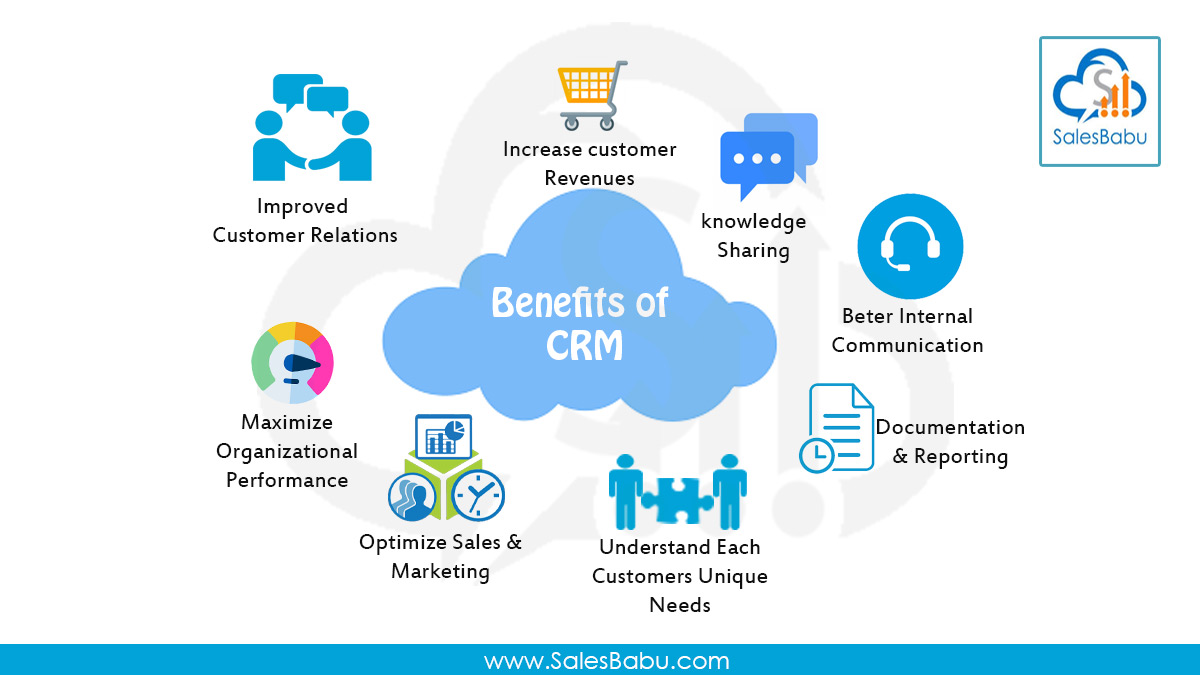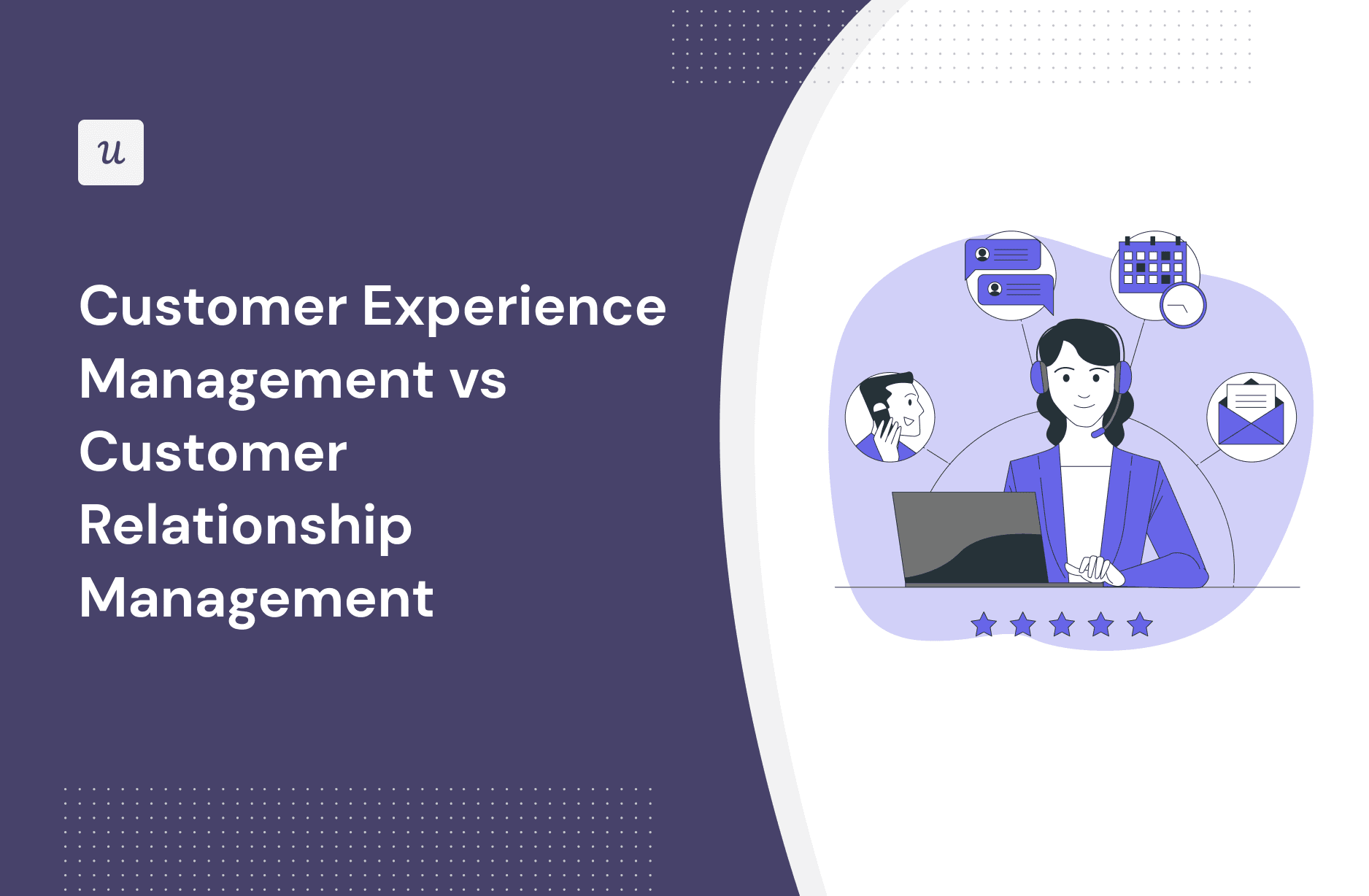Introduction
As digital transformation accelerates, businesses face a crucial decision: should they rely on cloud-based security or stick to traditional on-premise infrastructure? Each approach has its unique benefits and challenges. This article will help you understand the pros and cons of cloud vs on-premise security and which one best suits your organization’s needs.
💡 Explore how Singleclic helps organizations protect their digital assets: Cybersecurity and Data Protection
What Is Cloud Security?
Definition
Cloud security refers to a set of technologies, policies, and procedures that protect data, applications, and systems hosted in the cloud.
Pros of Cloud Security
- Scalability: Easily adjust resources based on your business growth.
- Cost-Effective: Reduces the need for physical infrastructure and maintenance.
- Automatic Updates: Regular patching and security updates managed by providers.
- Remote Access: Enables secure access from anywhere.
Cons of Cloud Security
- Data Privacy Concerns: Sensitive data may be hosted in shared environments.
- Vendor Lock-In: Migrating to another provider can be complex and costly.
- Internet Dependency: Connectivity issues may impact system availability.
What Is On-Premise Security?
Definition
On-premise security involves managing your own local servers, firewalls, and software inside your physical office or data center.
Pros of On-Premise Security
- Full Control: Direct management of infrastructure and policies.
- Custom Security: Tailored protection for specific business requirements.
- Compliance-Friendly: Easier to meet strict regulatory or regional compliance.
Cons of On-Premise Security
- High Costs: Requires investment in hardware, software, and skilled IT staff.
- Limited Scalability: Expanding capacity demands time and resources.
- Maintenance Burden: In-house teams are responsible for updates and fixes.
Cloud vs On-Premise: Which Is More Secure?
There is no one-size-fits-all answer. Cloud security providers invest heavily in securing their platforms, but the shared responsibility model means businesses must also play a role in protecting their data.
On the other hand, on-premise security offers more control but requires greater in-house expertise to stay ahead of evolving threats.
Key Factors to Consider Before Choosing
1. Business Size & Growth Plans
- Startups may benefit from cloud agility.
- Enterprises with complex IT needs may prefer hybrid or on-premise.
2. Compliance Requirements
- Financial, healthcare, or government sectors may face stricter data regulations.
3. Budget
- Consider total cost of ownership including licensing, staffing, and infrastructure.
Final Verdict: Hybrid Security as the Future?
Many organizations are now adopting a hybrid security model, combining the strengths of cloud and on-premise to ensure flexibility, control, and resilience.
About Singleclic
Singleclic is a leading IT solutions provider operating since 2013. With deep expertise in cybersecurity, cloud hosting, and network infrastructure, Singleclic empowers businesses across the Arab region to build robust and secure digital environments.
📍 Offices in Egypt, UAE, and Saudi Arabia
📞 +2 010 259 99225 / +971 42 475421 / +966 58 1106563
🌐 https://singleclic.com
People Also Ask
What are the advantages and disadvantages of cloud vs on-premise?
Cloud offers scalability and cost-efficiency, while on-premise provides greater control and customization.
What is more secure, cloud or on-premise?
Both can be secure if managed correctly. Cloud relies on provider expertise, while on-premise depends on internal IT capabilities.
What are the pros and cons of cloud security?
Pros include scalability and reduced costs. Cons involve potential data privacy and compliance issues.
What are 5 disadvantages of cloud?
- Limited control
- Internet dependence
- Data security risks
- Ongoing subscription costs
- Vendor lock-in

